In a competition held by K5 Furniture in collaboration with Monash University, students were challenged with a brief of mycelium-based product design. We visit the avant-garde with the exhibition ‘Metanoia’.

Industry panel review, photography by Matthew Walsh.
November 30th, 2022
A standard idea of sustainability has long since reached the mainstream but, given the enormity of the climate crisis, it is imperative that the boundaries are continually pushed. Radical conceptions of circular economy, re-use and biodesign are the framework for experimental design work that can hopefully reach the mainstream before too long.
K5 Furniture teamed up with Dr Gyungju Chyon and Monash University to hold ‘Metanoia’, a design competition that foregrounded a wide spectrum of concerns: from the urgent need for sustainable material experimentation to consciousness of its commercial viability as products on the market.
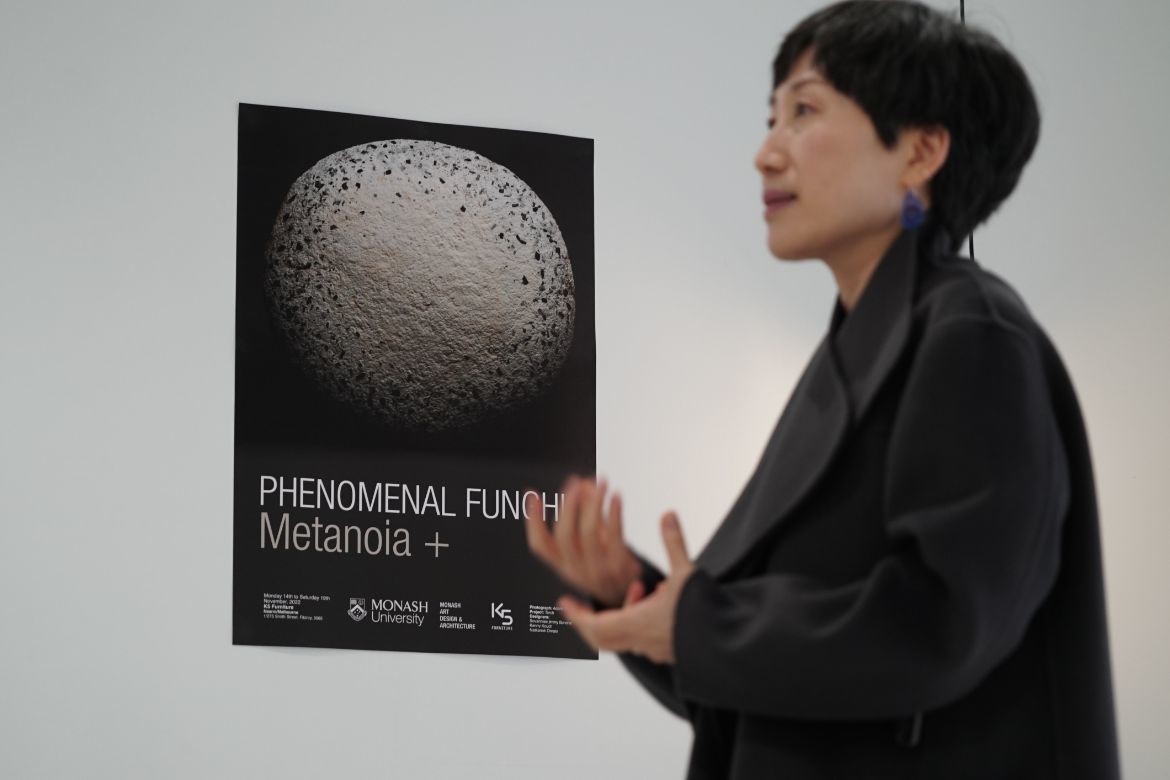
Biophilia is one thing, biomimicry another – but the real frontier is biodesign, working with living materials. Mycelium is a subterranean part of fungi and 100 per cent biodegradable. It is precisely the type of material that we need to be open to for a future that genuinely works to minimise waste.
As a living material, mycelium demands a different mindset and approach from designers. The equation is not one of fully controlling material as an inanimate, lifeless object but rather to understand its changeability. In a word, it is to work with the material rather than against it.
Related: Studio Chris Fox at Albury Summer Place

The first step here is to accept a different relationship of agency between material and designer. Mycelium grows and changes much faster than wood, for example. For the participants of ‘Metanoia’, this was expressed most strikingly through colour. This and other qualities of the ‘finished’ product simply cannot be fully predicted or controlled. With a change of mindset and relative to our world of mass produced objects, however, this variability can be embraced as a beautiful thing.
Mycelium develops a leathery surface that allows for excellent functional versatility. In a recent project that incorporates the material into a fully built structure, Studio Chris Fox has used it as a partial facade for the winning pavilion design for Albury Summer Place 2022. Students in ‘Metanoia’ explored various qualities and functions, leading to products including acoustic wall panels, lamps and partition screens.
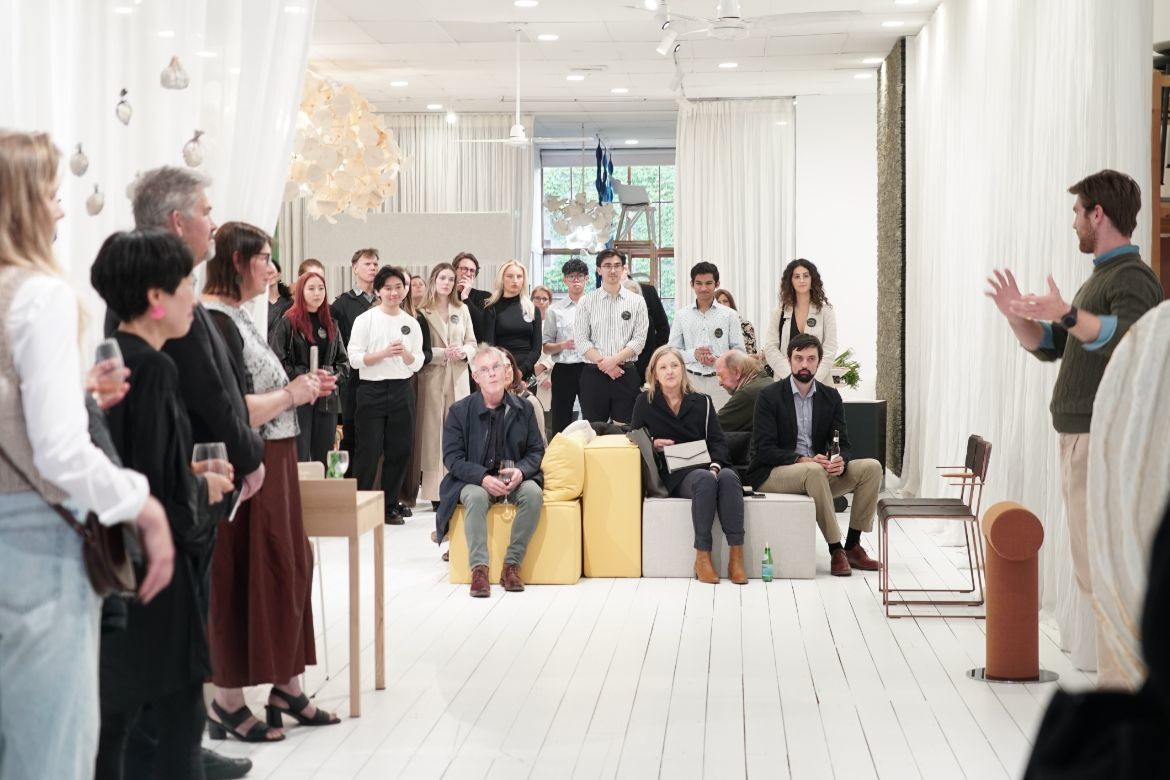
Whilst still in its early stages, this approach by ‘Metanoia’ signals a crucial understanding of what is required if such avant-garde practice is to make the jump into the mainstream. It suggests the tentative marriage between experimental, artistic design with functional, desirable qualities.
The various designs for acoustic panels are good examples. With different techniques for manipulating surface appearance and finish, they achieve a quality of beauty as well as functional use. Even the changeability of living materials can be played with and pushed with approaches such as applying food dye or charcoal creating alluring new tones.
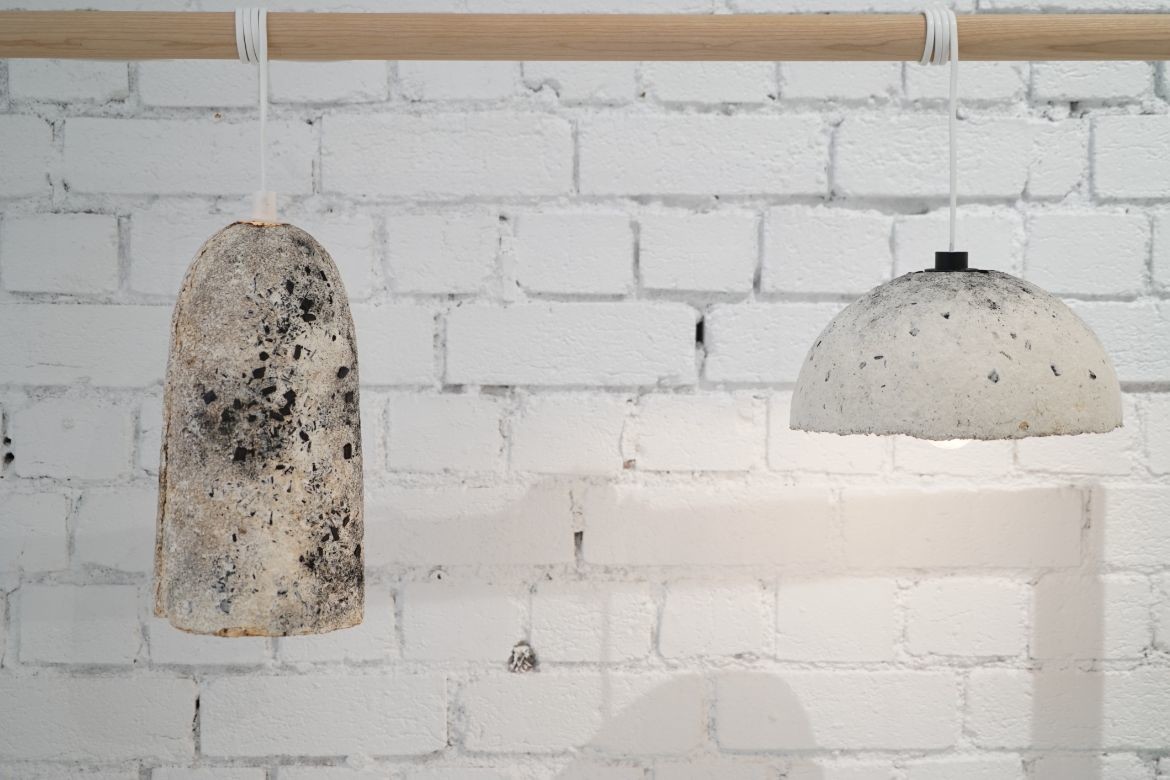
As with all steps towards sustainable and circular practice, it is important to guard against waste creeping unnecessarily back in. The mycelium products on show, for example, require secondary materials as frames or supports. The approach towards these substrates varies, from the consistently sustainable use of waste coffee grounds to the more questionable inclusion of synthetic materials.
These questions are, of course, part of the process of working through a new and experimental field. With innovative education, open-minded, daring designers and an increasing demand for non-standardised products, the future might just hold more fungal charm than you might imagine.
K5 Furniture
www.kfive.com.au
Photography
Adam Thomas and Matthew Walsh
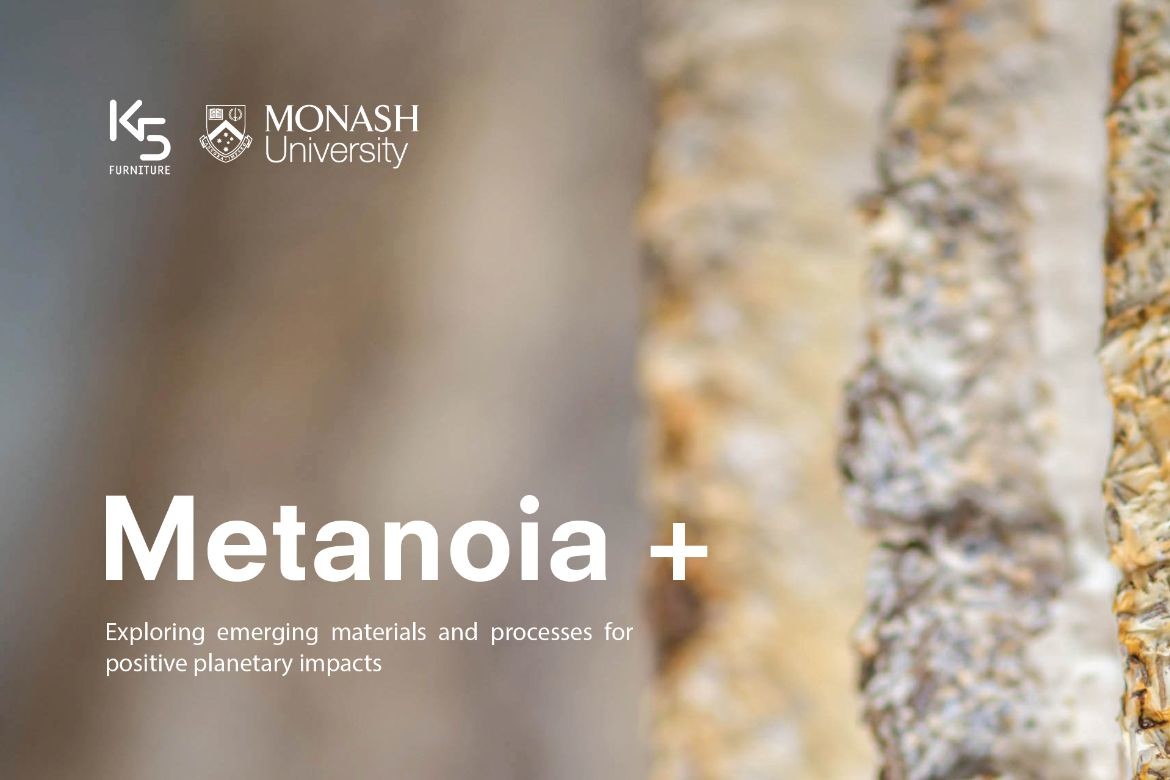
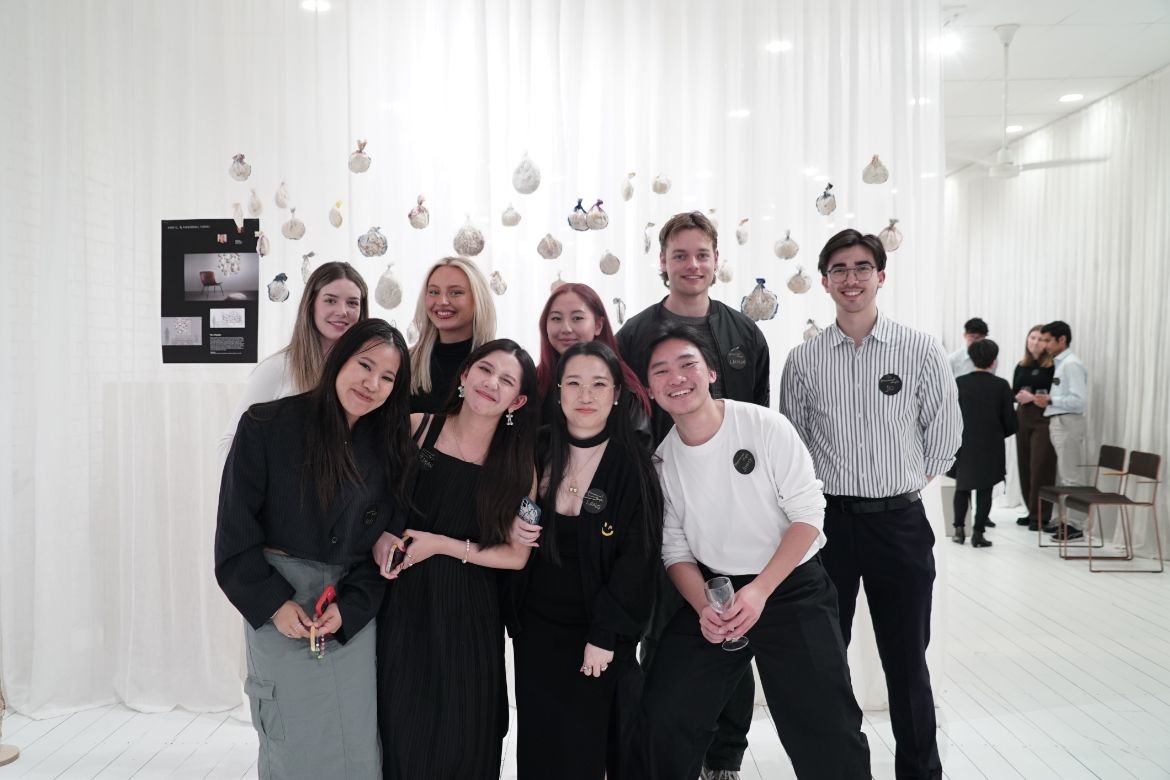
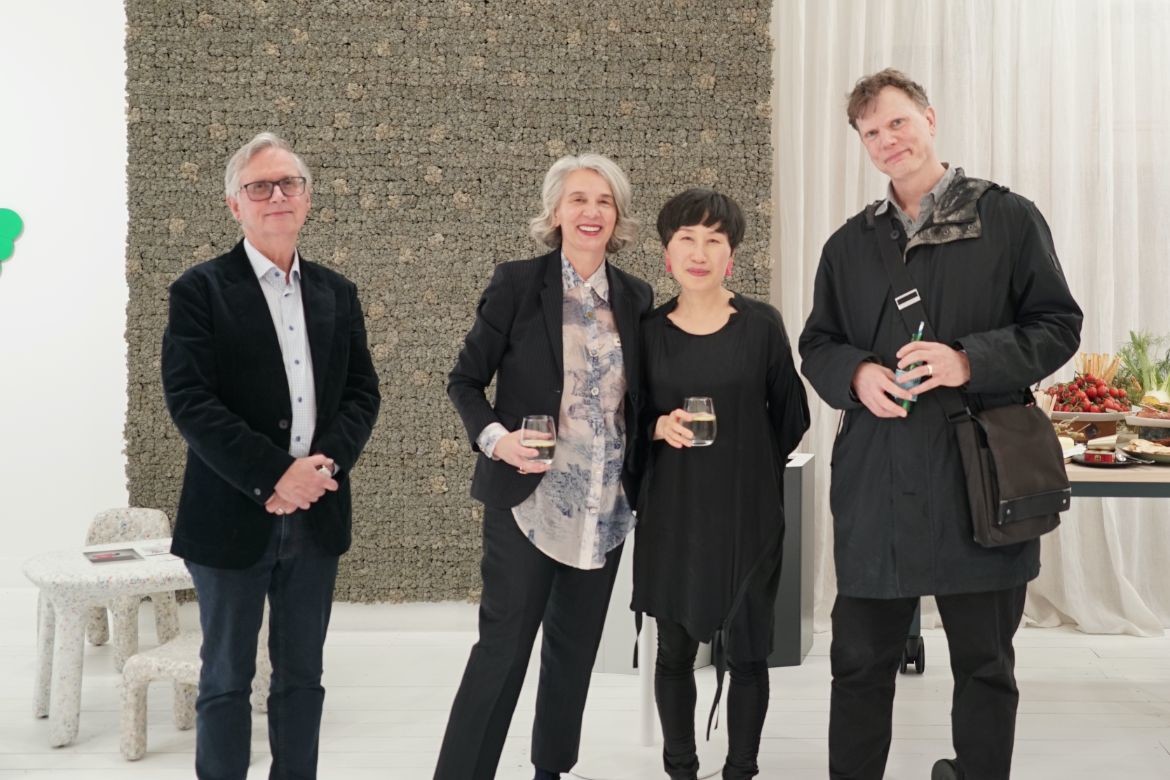

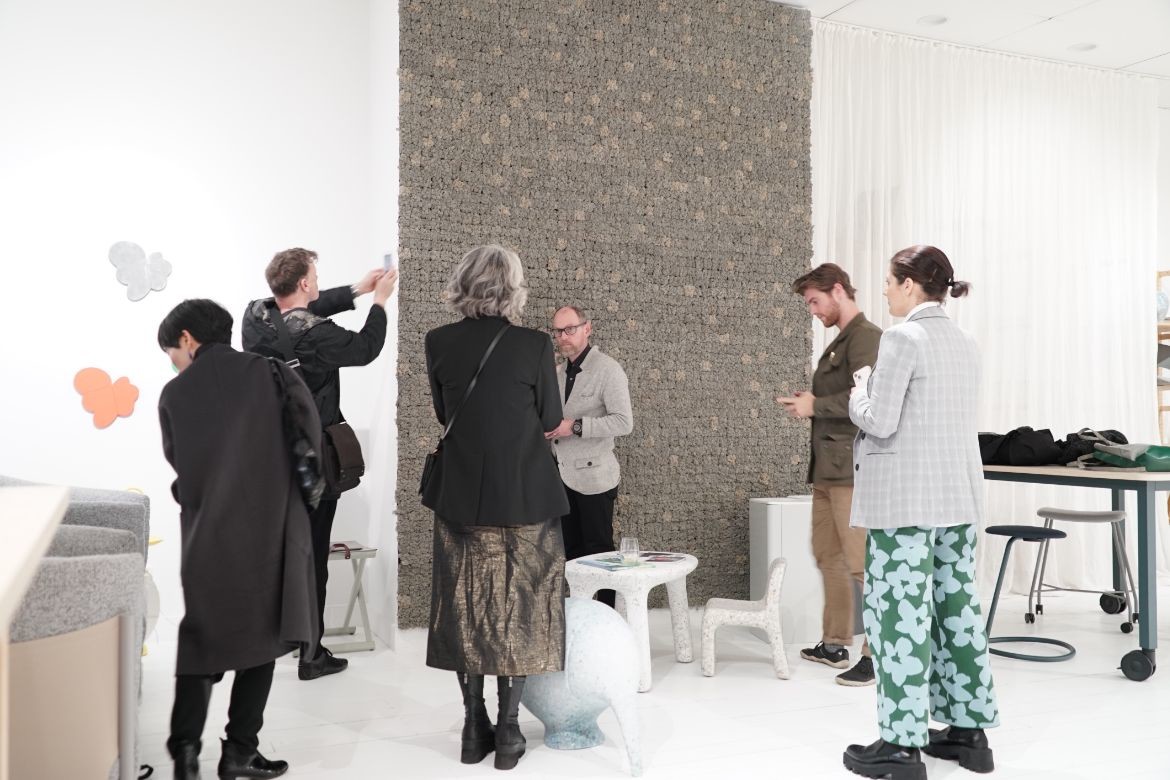
We think you might also like this piece on circular economy with Cult Design.
A searchable and comprehensive guide for specifying leading products and their suppliers
Keep up to date with the latest and greatest from our industry BFF's!

With the exceptional 200 Series Fridge Freezer, Gaggenau once again transforms the simple, everyday act of food preservation into an extraordinary, creative and sensory experience, turning the kitchen space into an inspiring culinary atelier.

Following its successful inaugural event in early 2024, the Vietnam International Trade Fair for Apparel, Textiles, and Textile Technologies (VIATT) is gearing up for its next instalment in 2025.

In this candid interview, the culinary mastermind behind Singapore’s Nouri and Appetite talks about food as an act of human connection that transcends borders and accolades, the crucial role of technology in preserving its unifying power, and finding a kindred spirit in Gaggenau’s reverence for tradition and relentless pursuit of innovation.

This Tin Sheds Gallery exhibition delves into complexity and contradiction in the Hunter Region in the context of coal and climate crisis.

This upcoming panel, “What Comes Next In Workplace Design?” will address the evolving landscape of the commercial sector in the wake of the pandemic.
The internet never sleeps! Here's the stuff you might have missed

Design Mumbai this year will be India’s first international contemporary design show, running from 6th to 9th November.

Baldasso Cortese and his team have ensured that HousingFirst Marlborough Street is inclusive and, most importantly, a wonderful place to live.

In this candid interview, the culinary mastermind behind Singapore’s Nouri and Appetite talks about food as an act of human connection that transcends borders and accolades, the crucial role of technology in preserving its unifying power, and finding a kindred spirit in Gaggenau’s reverence for tradition and relentless pursuit of innovation.